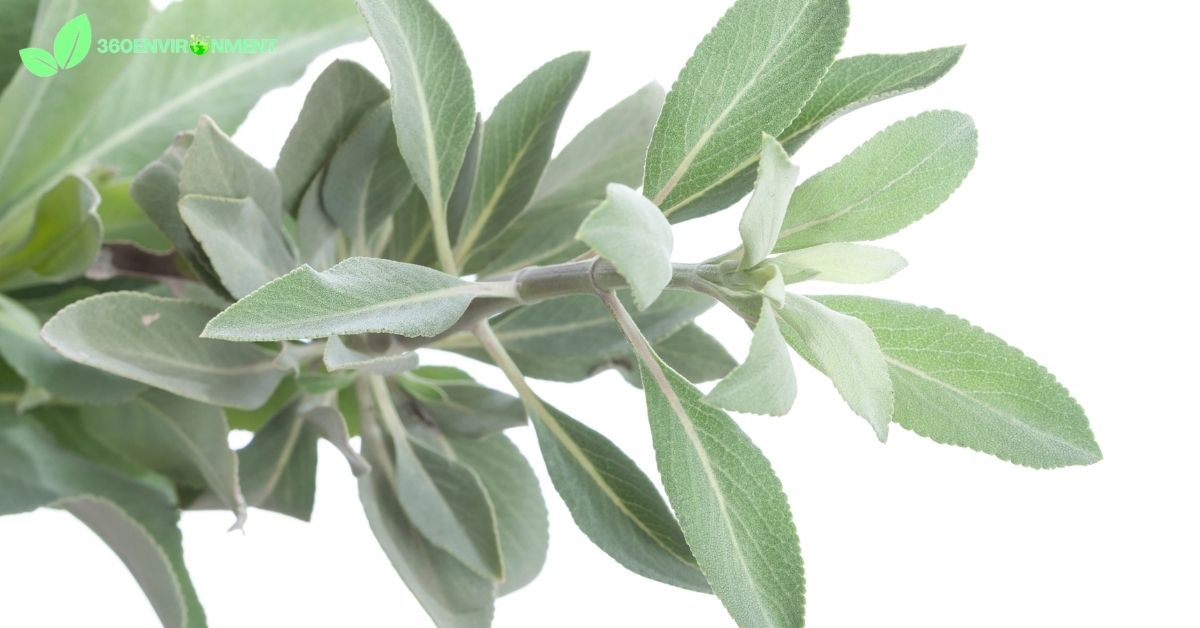The white sage (Salvia apiana), also known as bee sage or sacred sage, is a perennial shrub native to the southwestern United States and northwestern Mexico. It has long been revered by indigenous peoples of the region for its ceremonial, medicinal, and ecological value. As a hardy, drought-tolerant plant, white sage plays a critical role in the arid and semi-arid ecosystems where it thrives.
In recent years, white sage has gained popularity for its use in herbal remedies, smudging practices, and ornamental landscaping. However, its rising popularity has also led to overharvesting and ecological concerns in its native habitat. This article explores the environmental niche of white sage, focusing on its natural habitat, ecological roles, adaptations to harsh environments, and the threats it faces from climate change and human activity. We will also discuss the plant’s cultural significance and the ongoing conservation efforts to protect this vital species.
1. Overview of White Sage
The white sage is a hardy plant that thrives in the hot, dry climates of southern California, Baja California, and parts of the Mojave Desert. It belongs to the Lamiaceae family, which includes other well-known aromatic herbs such as mint, lavender, and rosemary. It is characterized by its pale, silvery-green leaves and tall flower spikes that produce clusters of white or pale lavender flowers, attracting a variety of pollinators.
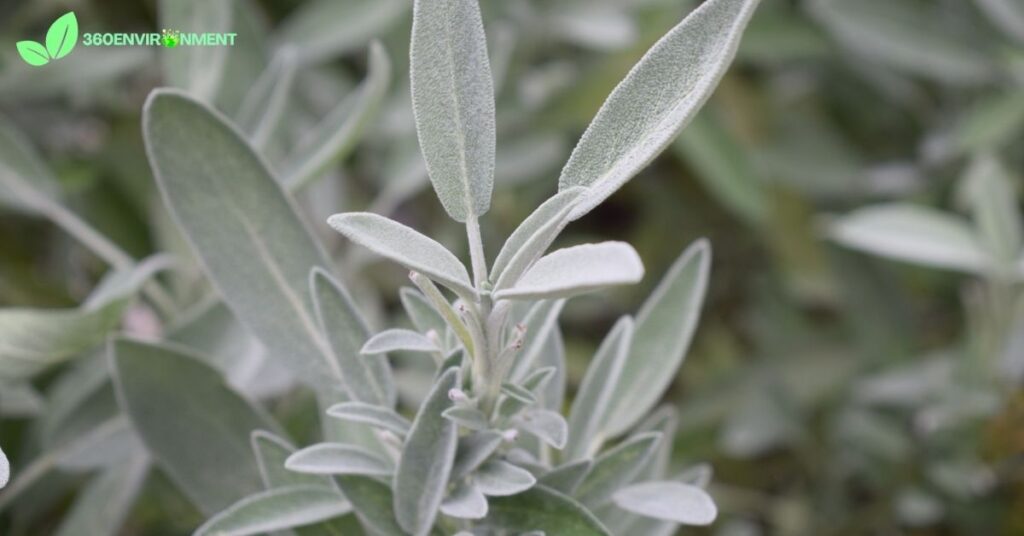
1.1. Physical Characteristics of White Sage
It is a distinctive and aromatic plant with several unique physical traits that allow it to survive in its native arid environments.
- Size and Shape: It grows as a perennial shrub, typically reaching heights of 1 to 1.5 meters (3 to 5 feet). It has a bushy growth habit with multiple woody stems that rise from the base.
- Leaves: The leaves of white sage are long, narrow, and covered in fine hairs, giving them a silvery or white appearance. These hairs help reduce water loss by reflecting sunlight and trapping moisture.
- Flowers: In the spring and summer, white sage produces tall flower spikes that can reach up to 2 meters (6 feet) in height. The flowers are small, tubular, and pale in color, ranging from white to light lavender. These flowers attract a wide variety of pollinators, including bees, butterflies, and hummingbirds.
- Aroma: It is known for its strong, pleasant aroma, which is released when the leaves are crushed. This fragrance is due to the presence of essential oils that help protect the plant from herbivores and environmental stressors.
1.2. Growth Habits and Life Cycle
White sage is a long-lived, drought-tolerant plant that has adapted to survive in the challenging conditions of arid and semi-arid ecosystems.
- Germination and Early Growth: White sage seeds germinate in the fall and winter, taking advantage of seasonal rains. Seedlings grow slowly at first, developing strong root systems that enable them to survive in dry conditions.
- Maturity: By its second or third year, It reaches maturity and begins to produce flowers and seeds. The plant can live for several decades, continuing to grow and reproduce as long as environmental conditions remain favorable.
- Reproduction: It reproduces through seed production and vegetative propagation. The plant produces large quantities of seeds, which are dispersed by wind and animals. It can also regenerate from its roots after being cut back or damaged by fire.
2. Habitat and Geographic Distribution of White Sage
The white sage is native to the chaparral and coastal sage scrub ecosystems of southern California and Baja California. These regions are characterized by hot, dry summers and mild, wet winters, making them ideal habitats for drought-tolerant species like white sage.

2.1. Native Range: Southern California and Baja California
In its native range, white sage is most commonly found in the coastal sage scrub and chaparral communities of southern California, extending into Baja California. These ecosystems are defined by their Mediterranean-like climate, with hot, dry summers and cool, wet winters.
- Coastal Sage Scrub: It is a dominant species in coastal sage scrub habitats, which are found along the coastal hills and valleys of southern California. These areas receive moderate rainfall in the winter, allowing white sage to establish itself in rocky or sandy soils. Coastal sage scrub is home to a variety of plant species, including other aromatic herbs, grasses, and low shrubs.
- Chaparral: In higher elevations and inland areas, white sage is commonly found in chaparral ecosystems. Chaparral is characterized by dense, woody shrubs that are adapted to survive in dry, fire-prone environments. White sage thrives in the open spaces between these shrubs, benefiting from the full sunlight and well-drained soils that chaparral habitats provide.
2.2. Adaptation to Arid and Semi-Arid Environments
It is highly adapted to the dry conditions of its native habitat, making it an important species for maintaining ecological balance in arid and semi-arid regions.
- Drought Tolerance: White sage has evolved several strategies to survive long periods of drought. Its leaves are covered in fine hairs, which help reduce water loss by reflecting sunlight and trapping moisture. The plant’s deep root system allows it to access water stored deep in the soil, giving it a competitive advantage in dry environments.
- Fire Adaptation: Fire is a natural part of the chaparral and coastal sage scrub ecosystems, and white sage is well-adapted to survive periodic wildfires. After a fire, the plant can regenerate from its roots, quickly re-establishing itself in burned areas. The plant’s ability to recover from fire helps maintain the health and diversity of its native ecosystem.
2.3. Soil Preferences and Microhabitat
It prefers well-drained, sandy, or rocky soils, which are common in its native habitat. The plant is often found growing on hillsides, slopes, and dry riverbeds, where the soil drains quickly after rainfall. Its ability to thrive in poor soils makes it a valuable species for erosion control and habitat restoration.
3. Ecological Roles of White Sage
The white sage plays several important roles in its native ecosystem, contributing to biodiversity, supporting wildlife, and helping to maintain the health of arid landscapes.
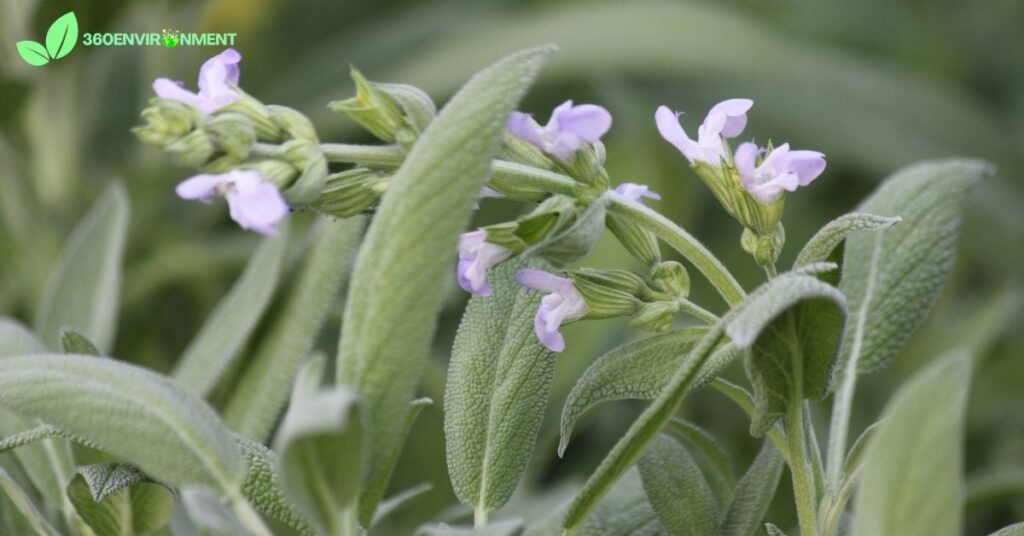
3.1. Supporting Pollinators and Wildlife
White sage is a key species for pollinators and other wildlife in the coastal sage scrub and chaparral ecosystems. Its flowers provide nectar for bees, butterflies, and hummingbirds, while its seeds and foliage offer food and shelter for other animals.
- Bees and Butterflies: White sage flowers are rich in nectar, making them an important food source for native bees and butterflies. The plant’s flowers bloom in the spring and summer, providing pollinators with a reliable source of food during the dry months when other plants may not be in bloom.
- Hummingbirds: Hummingbirds are also attracted to white sage flowers, which provide the nectar they need to fuel their high-energy flight. White sage is especially important for hummingbirds during migration, as it offers a plentiful source of nectar along their migration routes.
- Small Mammals and Birds: The seeds of it are eaten by small mammals, such as squirrels and rodents, as well as by birds like quail and doves. These animals help disperse white sage seeds, contributing to the plant’s reproduction and spread.
3.2. Soil Stabilization and Erosion Control
The deep root system it plays a crucial role in stabilizing soil and preventing erosion in arid and semi-arid regions. This is especially important in areas where the soil is loose and prone to erosion due to wind, rain, or human activity.
- Root System: It’s roots extend deep into the soil, anchoring the plant and holding the soil in place. This helps prevent soil erosion on hillsides and slopes, where water runoff can wash away soil and nutrients.
- Ecosystem Restoration: White sage is often used in habitat restoration projects aimed at stabilizing degraded landscapes and preventing further erosion. Its ability to thrive in poor soils makes it an ideal species for restoring disturbed areas, such as old roadsides, fire-damaged lands, or abandoned agricultural fields.
3.3. Interactions with Other Plant Species
In its native habitat, it interacts with a variety of other plant species, contributing to the overall biodiversity of coastal sage scrub and chaparral ecosystems.
- Companion Species: It often grows alongside other aromatic plants, such as black sage (Salvia mellifera), California sagebrush (Artemisia californica), and various species of buckwheat. These plants share similar adaptations to drought and fire, and together they form a resilient plant community that supports a wide range of wildlife.
- Allelopathy: Some studies suggest that white sage may produce allelopathic chemicals, which are compounds that inhibit the growth of other plants. This trait allows it to reduce competition from invasive species and maintain its dominance in its native habitat. However, this effect is not yet fully understood and requires further research.
4. Adaptations and Survival Strategies of White Sage
The white sage has evolved a range of adaptations that allow it to survive in the challenging conditions of its arid and semi-arid environment. These adaptations include drought resistance, fire tolerance, and mechanisms for reducing water loss.
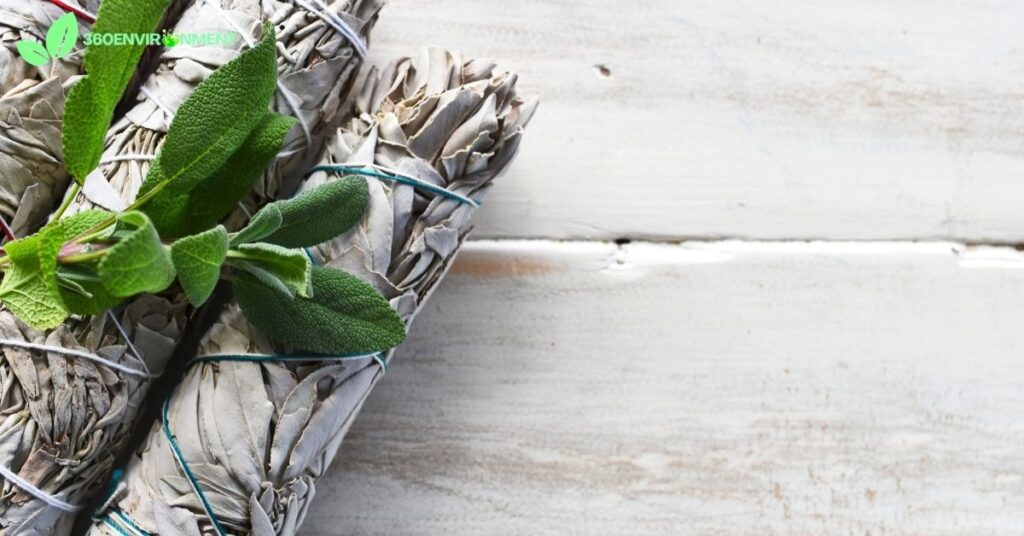
4.1. Drought Resistance and Water Conservation
Drought is a defining feature of the chaparral and coastal sage scrub ecosystems, and it has developed several strategies to conserve water and survive long periods of dryness.
- Leaf Hairs: The leaves of it are covered in fine hairs that reflect sunlight and reduce water loss through evaporation. These hairs also help trap moisture from dew and fog, which can provide a small but valuable source of water during dry periods.
- Deep Root System: White sage has a deep and extensive root system that allows it to access water stored deep in the soil. This enables the plant to survive even when surface water is scarce, giving it a competitive advantage in dry environments.
- Dormancy: During extreme drought, it can enter a state of dormancy, reducing its metabolic activity to conserve energy and water. In this state, the plant may shed some of its leaves to reduce water loss, but it remains alive and ready to regrow when conditions improve.
4.2. Fire Tolerance and Post-Fire Regeneration
Fire is a natural part of the ecosystems where white sage grows, and the plant has evolved to survive and even thrive in fire-prone environments.
- Fire Survival: White sage has the ability to resprout from its roots after being burned by fire. This allows the plant to quickly regenerate and re-establish itself in fire-damaged areas, helping to maintain the health and stability of its ecosystem.
- Seed Germination: Some studies suggest that fire may help trigger seed germination in white sage by breaking down the hard outer coating of the seeds. This adaptation allows white sage to take advantage of the open space and reduced competition that follow a fire.
5. Cultural Significance and Traditional Uses of White Sage
White sage holds deep cultural and spiritual significance for indigenous peoples of southern California and Baja California. For centuries, it has been used in ceremonies, traditional medicine, and daily life.
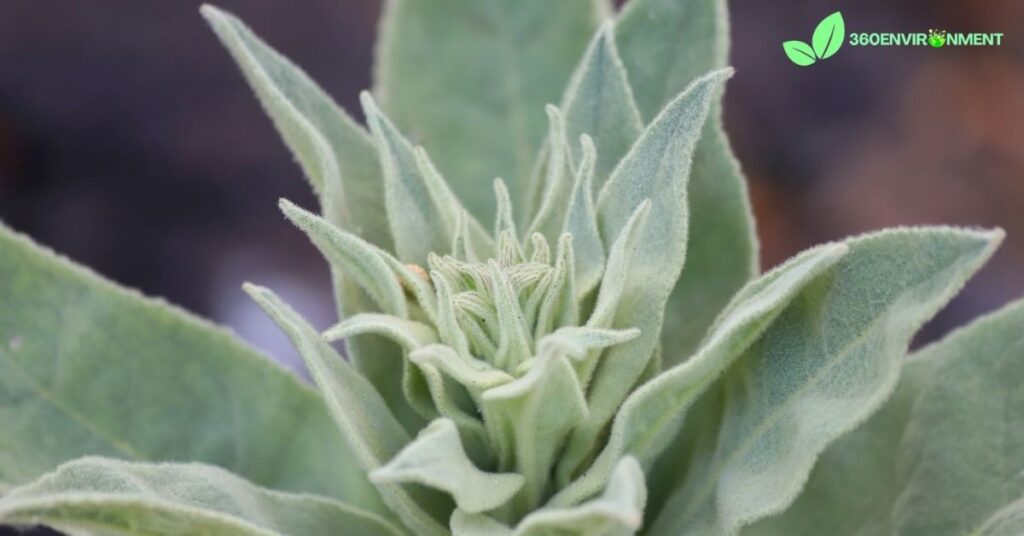
5.1. Ceremonial Uses and Spiritual Practices
White sage is perhaps best known for its use in smudging, a spiritual practice that involves burning bundles of dried sage leaves to cleanse and purify a space or person. This practice has been used by Native American tribes for generations and continues to be an important part of their cultural traditions.
- Smudging: Smudging with white sage is believed to purify the air and remove negative energy. The practice is often used in ceremonies, healing rituals, and important life events, such as births, weddings, and funerals.
- Sacred Plant: For many indigenous communities, white sage is considered a sacred plant that embodies spiritual purity and protection. It is harvested with great care and respect, following traditional practices that ensure the plant’s sustainability.
5.2. Medicinal and Health Benefits
In addition to its spiritual uses, white sage has a long history of use in traditional medicine. The plant’s leaves and essential oils are believed to have a variety of health benefits, and they are used to treat a wide range of ailments.
- Respiratory Health: White sage has been used to treat respiratory conditions such as coughs, colds, and asthma. The plant’s aromatic compounds are thought to have anti-inflammatory and antimicrobial properties that help soothe the respiratory system.
- Digestive Health: It has also been used as a digestive aid, helping to relieve indigestion, bloating, and stomach cramps. The plant’s leaves can be brewed into a tea, which is thought to have calming effects on the digestive tract.
- Wound Healing: Traditional healers have used it to promote wound healing and reduce inflammation. The plant’s leaves can be applied topically as a poultice to cuts, burns, and insect bites, where they are believed to help prevent infection and speed up the healing process.
6. Conservation Challenges and Threats to White Sage
Despite its cultural, medicinal, and ecological importance, white sage is facing significant threats due to overharvesting, habitat loss, and climate change. These challenges have raised concerns about the long-term survival of white sage populations in the wild.
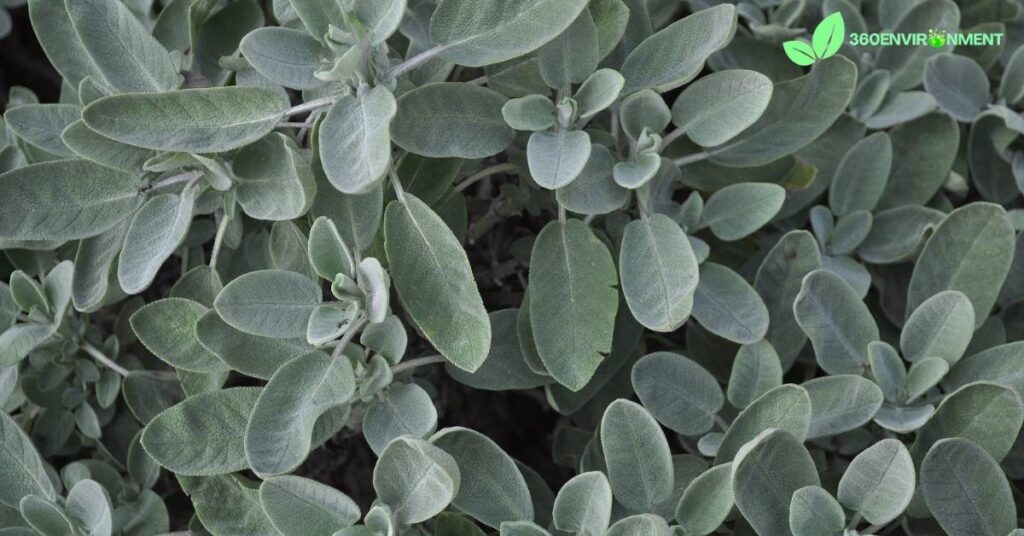
6.1. Overharvesting and Commercialization
The rising demand for white sage in the wellness industry has led to overharvesting in its native habitat, threatening wild populations of the plant. White sage is often illegally harvested from public lands and national parks, where it is taken in large quantities to meet the demand for smudging bundles, essential oils, and herbal products.
- Commercial Harvesting: The commercial harvesting of it has become a major concern for conservationists, as unsustainable harvesting practices can deplete local populations and reduce the plant’s ability to regenerate. In some cases, entire plants are uprooted, preventing them from regrowing and contributing to habitat degradation.
- Cultural Appropriation: The commercialization of white sage has also raised ethical concerns about cultural appropriation, as the plant is being sold for profit by companies and individuals who do not belong to the indigenous communities that have traditionally used and cared for the plant.
6.2. Habitat Loss and Urbanization
The native habitat of white sage is under pressure from urban development, agriculture, and infrastructure projects. As southern California’s population continues to grow, more land is being converted for housing, roads, and farming, leading to the destruction of coastal sage scrub and chaparral ecosystems.
- Urban Expansion: The expansion of cities and suburbs into white sage habitat has resulted in the fragmentation and loss of critical plant populations. This habitat destruction not only threatens it but also impacts the many species of wildlife that depend on the plant for food and shelter.
- Agricultural Development: In some areas, white sage habitat is being cleared to make way for agricultural fields, particularly for crops such as vineyards and citrus orchards. This conversion of land reduces the availability of suitable habitat for it and disrupts the natural balance of the ecosystem.
6.3. Climate Change and Fire Regimes
Climate change is having a profound impact on the ecosystems where white sage grows, altering weather patterns, increasing the frequency of droughts, and changing fire regimes.
- Drought Stress: As temperatures rise and precipitation patterns become less predictable, white sage is facing increased drought stress. Prolonged droughts can weaken the plant, making it more susceptible to disease and reducing its ability to reproduce.
- Increased Wildfire Frequency: Climate change is also contributing to more frequent and intense wildfires in southern California, which can threaten white sage populations. While white sage is adapted to survive periodic fires, more frequent fires can prevent the plant from recovering and regenerating, leading to population declines.
7. Conservation and Restoration Efforts
To protect white sage from overharvesting, habitat loss, and climate change, a variety of conservation and restoration efforts are underway. These initiatives aim to preserve wild populations of white sage, restore degraded habitats, and promote sustainable harvesting practices.
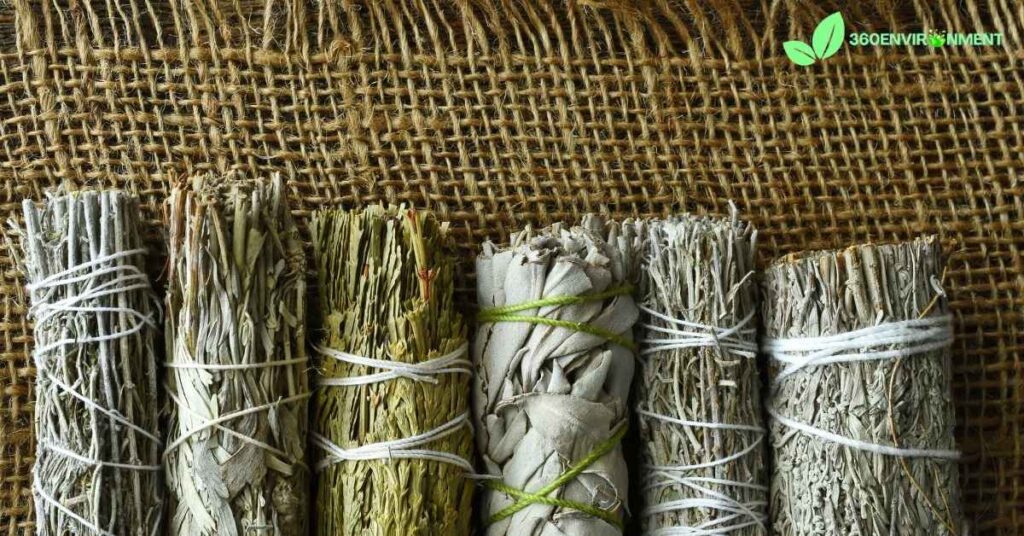
7.1. Habitat Restoration and Protection
Conservation organizations are working to restore degraded coastal sage scrub and chaparral habitats where white sage grows. These efforts involve planting native species, removing invasive plants, and protecting key habitat areas from further development.
- Replanting and Restoration: Restoration projects often involve replanting white sage in areas where the plant has been lost due to overharvesting or habitat destruction. By reintroducing white sage to these areas, conservationists can help restore the ecological balance and support the wildlife that depends on the plant.
- Protected Areas: Some white sage populations are located within protected areas, such as national parks and nature reserves. These areas provide a safe haven for the plant, where it is protected from illegal harvesting and habitat destruction.
7.2. Sustainable Harvesting Practices
To ensure the long-term survival of white sage populations, sustainable harvesting practices are being promoted among those who use the plant for cultural, medicinal, or commercial purposes.
- Permits and Regulations: In some areas, permits are required to harvest white sage from public lands. These permits help regulate the amount of white sage that can be harvested and ensure that the plant is collected in a way that allows it to regenerate.
- Community-Based Conservation: Indigenous communities are leading efforts to promote sustainable harvesting practices and protect white sage from overexploitation. These communities have a deep understanding of the plant’s ecological and cultural significance, and their knowledge is critical for ensuring that white sage is harvested in a way that respects both the plant and the ecosystem.
Conclusion: The Ecological and Cultural Importance of White Sage
The white sage is more than just a plant—it is a symbol of resilience, adaptability, and connection to the natural world. As a key species in the coastal sage scrub and chaparral ecosystems of southern California and Baja California, white sage plays a vital role in supporting biodiversity, stabilizing soil, and providing food and habitat for wildlife. It also holds deep cultural significance for indigenous communities, who have used the plant for centuries in their spiritual practices and traditional medicine.
However, white sage is facing growing threats from overharvesting, habitat loss, and climate change. Protecting this important plant requires a combination of habitat restoration, sustainable harvesting practices, and respect for the cultural traditions that have long been associated with white sage. By understanding the environmental niche of white sage, we can appreciate its ecological contributions and work to ensure that it continues to thrive for generations to come.
Read More: The Environmental Niche of the Mountain Oak: Ecology, Adaptations, and Role in Ecosystems

